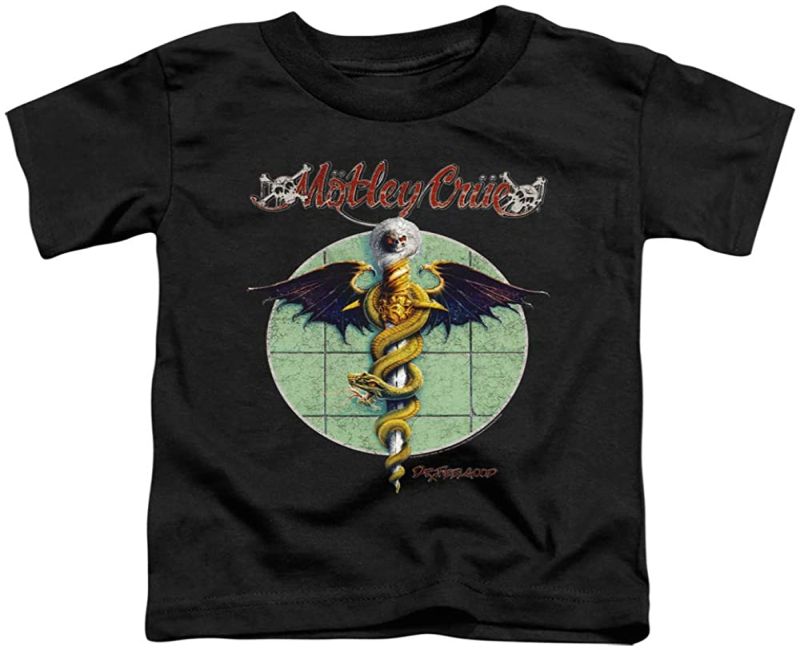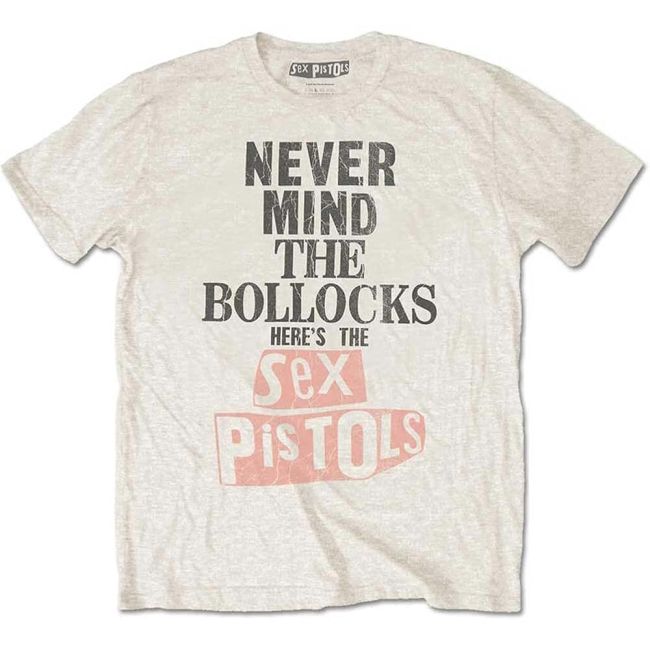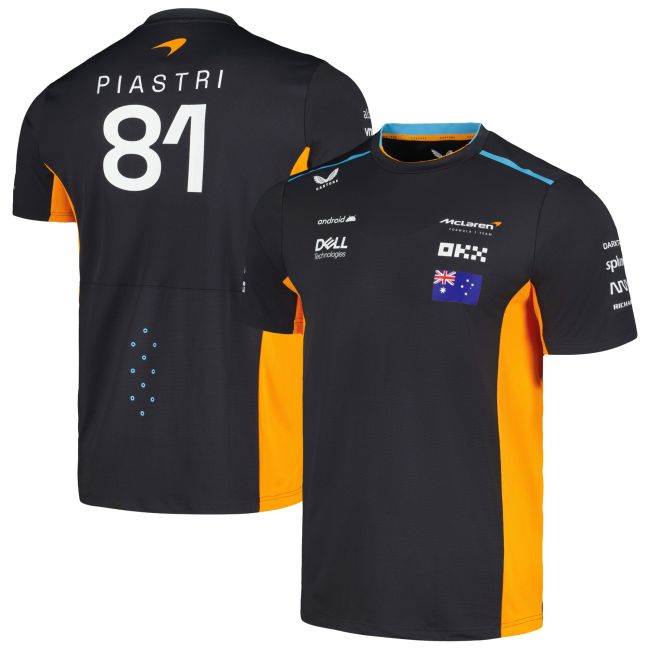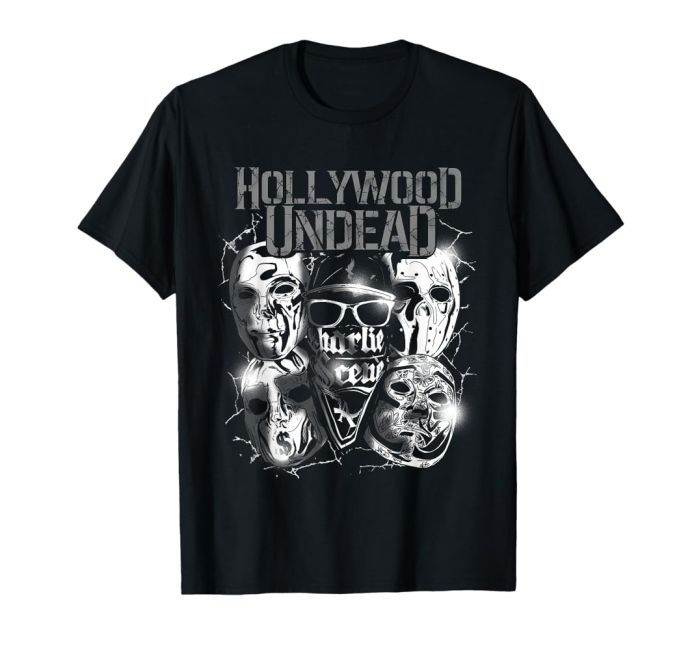Motley Crue is one of the most iconic rock bands of all time, known for their wild antics both on and off stage. Throughout their career, they have amassed a huge following of dedicated fans who have supported them through thick and thin. One way that fans show their love for the band is by collecting merchandise, ranging from t-shirts and posters to rare memorabilia.
The evolution of Motley Crue merchandise is a fascinating journey that spans decades. In the early days of the band’s career, merchandise was limited to basic items like t-shirts and buttons sold at concerts. These items were simple in design but served as a way for fans to show their allegiance to the band.
As Motley Crue’s popularity grew, so did the demand for more diverse and unique merchandise. The band began releasing special edition items like tour programs, patches, stickers, and even action figures. Fans would line up at concerts or wait in long lines at record stores just to get their hands on these exclusive items.
In addition to official merchandise released by the band, there was also a thriving market for bootlegged goods. Unofficial t-shirts with crude designs or unauthorized concert recordings were sold outside venues or through underground channels. While these items may not have been endorsed by the band, they still held value for collectors looking to own a piece of Motley Crue history.
One particularly sought-after item among collectors is vintage tour jackets worn by crew members or given out as promotional gifts. These jackets are often adorned with elaborate embroidery or custom patches featuring iconic imagery from Motley Crue’s albums or tours. Owning one of these jackets is considered a badge of honor among die-hard fans who are willing to pay top dollar for such rare pieces.
As technology advanced, so did the world of merchandise production. Today, fans can purchase everything from officially licensed apparel and accessories to limited edition vinyl records and box sets online through various retailers and auction sites. Social media platforms like Instagram have also made it easier for collectors to connect with each other and buy/sell/trade rare items within the community.
For many collectors, acquiring Motley Crue merchandise isn’t just about owning physical objects—it’s about preserving memories and celebrating a shared passion for music. Each item tells a story about a specific moment in time or era of the band’s career that holds significance for both longtime fans and newcomers alike.
In conclusion, the evolution of Motley Crue merchandise reflects not only changes in consumer tastes but also how music fandom has evolved over time.












